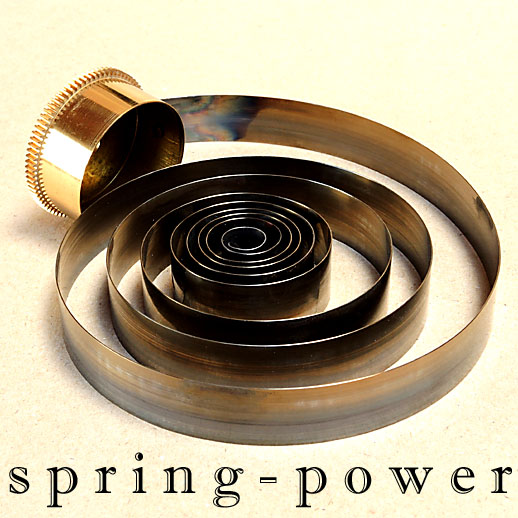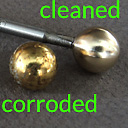This large cast iron clock-face has a long history. Imported in the mid 20th century by the Cape Town clockmaker Dellenbach. Two dials were never installed. I bought them and other items from his son in the mid ’80s. I used one as a show-piece at exhibitions, but never installed them either, until in my semi-retirement near Hermanus ( god’s waiting room ) I had an enquiry from the right person in Johannesburg.
I made up the two 900 mm diameter faces as working clocks. Restoring them to a pleasing finish required a lot of work, but the customer was patient. Transport had to be absolutely safe, I made two “bomb-proof” crates from pine boards, lots of foam-rubber, so any shocks would be absorbed. “The Courier Guy” transported them safely. Everything went well and my customer mounted one of the clocks a few days after arrival in his triple-volume hall. Just the right place. The second clock was for a friend.
These days clock-faces for exterior clocks are made from GRP and perspex instead of that special glass.
Those clock movements come with battery compartments attached. If illuminated from behind, one would see an irregualr shadow. I housed the batteries in a separate box and two strands of the 4-core cable carry the 3 Volt DC. The remaining two are for the controls – start / stop and re-set.
To enterprising clock-installers I offer components for large exterior clocks, not like the one above, but with aluminium casings. Details in Trade Offers
Before boxing the clocks I had to use one as a prop for a Video:
“PIZZA”, my first substantial AV – video, fast paced, about 2:40 min. Earphones or speakers essential.
Between 0:50 and 1 minute into the video you see the hands / dial in action.



